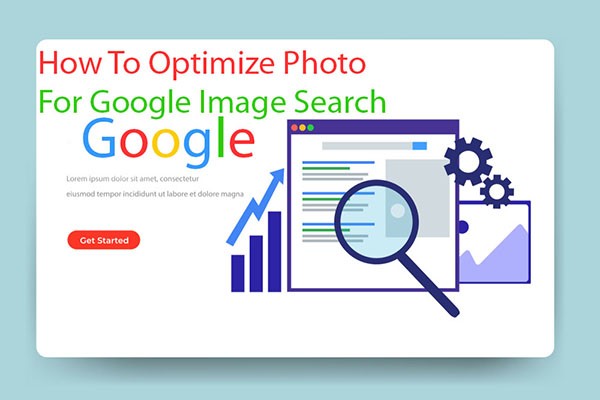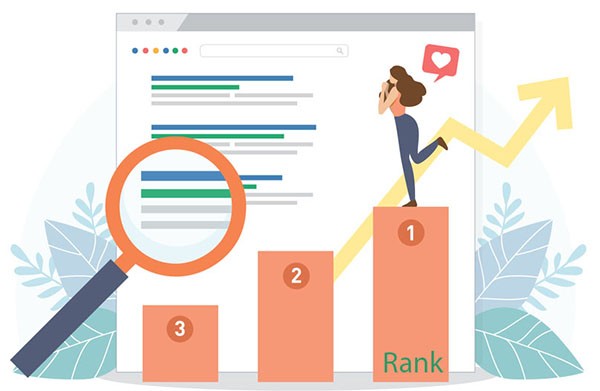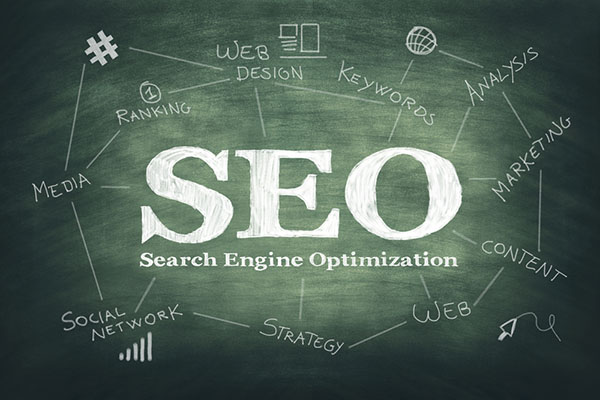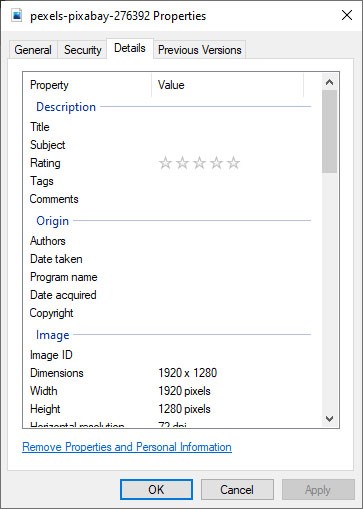Photos are everything for a photography web page or websites and, if optimized perfectly, can rank up high in Google Images and link back to your own website. That can create an efficient amount of traffic that you would have ignored otherwise. This guide will discuss all the essential SEO best-practices to help you rank up high in Google Image search, and also explain why it’s worth the effort.
Firstly, because one third of all Google searches are done in google image search. That is a big chance, a big amount of traffic up for grabs. And it’s not only about ranking up your photos higher in Google Images. If you rank up well in Google Images, your images also show up in daily regular Google searches. Think how amazing it will be. That’s because Google also has priority features (in their regular web search) when it finds you might want to see photos(based on the google image search query). If you use a google image search query like “pictures of Apple” or “photos of Apple” where the search keyword is clear, you might even see an “Image Mega-block”. These are just a few of Google SERP features. Bassically, 12.5% of all web searches on Google actually contain a photo pack. That is a huge traffic. And that is good news for photographers like yourself, that traffic is already done to look for photos. Yeah, but is it worth the effort? Do people actually go to your site from Google Images?

Let’s discuss this. The main fact is if showing up in Google Image search results actually drives traffic to your site.
When you click on a thumbnail or a photo, Google first opens up a full size version of that photo, with a address button to access the actual web page from where it’s coming from. It is true that maximum people never actually visit these websites, they only just do a bunch of search and access or download the photos from there. And that is not useful to you as a website owner, you get absolutely no data on that search.
That being said, photo or image search SEO is still very useful if you .
In all of these particular cases, many people will indeed click to visit the website for the photos they liked in Google image search results. And most importantly, all these kinds of SEO methods will help you rank up higher in Google web or images searches as well! They are not blocked by Google Images, they will help your website traffic.
How this is different from regular
SEO
As you may already know from depth-seo, normal web-search SEO can be broken down into “on-site” and “off-site”. With image search SEO, there is more of a focus on “on-site” ranking methods, which is very good news for you, because you can actually perform all these information and details on your site. Google cares more about relevancy (to the user’s google image search query), and very less on authority (and the number of back-links your website has).

In normal terms, you can outrank or diss rank popular sites (in Google image search) if you do your image SEO right.
By the way, in Google Images there is no “first page”, it’s an endless page that automatically adds many more search image results as you scroll down (usually it is called “infinite scroll”). So your aim is to help your photos rank up as high as possible. Never forget that quality always matters. If you have very poor photos, you can not really outrank other good photos. Google always looks at photo popularity, it tracks which photos are more often clicked by users in image search results. But generally speaking, engagement and off-site SEO are not important signs for Google Images, the playing field is more level.

Now do the work. Take the time to optimize the existing photos on your website.
Working on this kind of SEO needs an image-by-image method. If you are automating this process (by repeating the same captions and ALT tags), you are doing it in the wrong way. Each photo should deserve its own unique metadata, and Google will always “appreciate” that. It is partly the work of writing down all the metadata, and partly the technical work of entering all that data into the website.

In WordPress, you can of course add parts of the information directly in the website, by just editing the images in your Media Library. For updating photo filenames, use the Media file Renamer Plugin. And do not forget about the photo file sizes. Even if you added very good metadata, the photo should not slow down the page too much (poor performance undermines any other SEO efforts). So if you have to replace and existing image (by uploading a new one it its place – with a lower file size, new pixel dimensions, etc.), use the Enable Media Replace plugin.